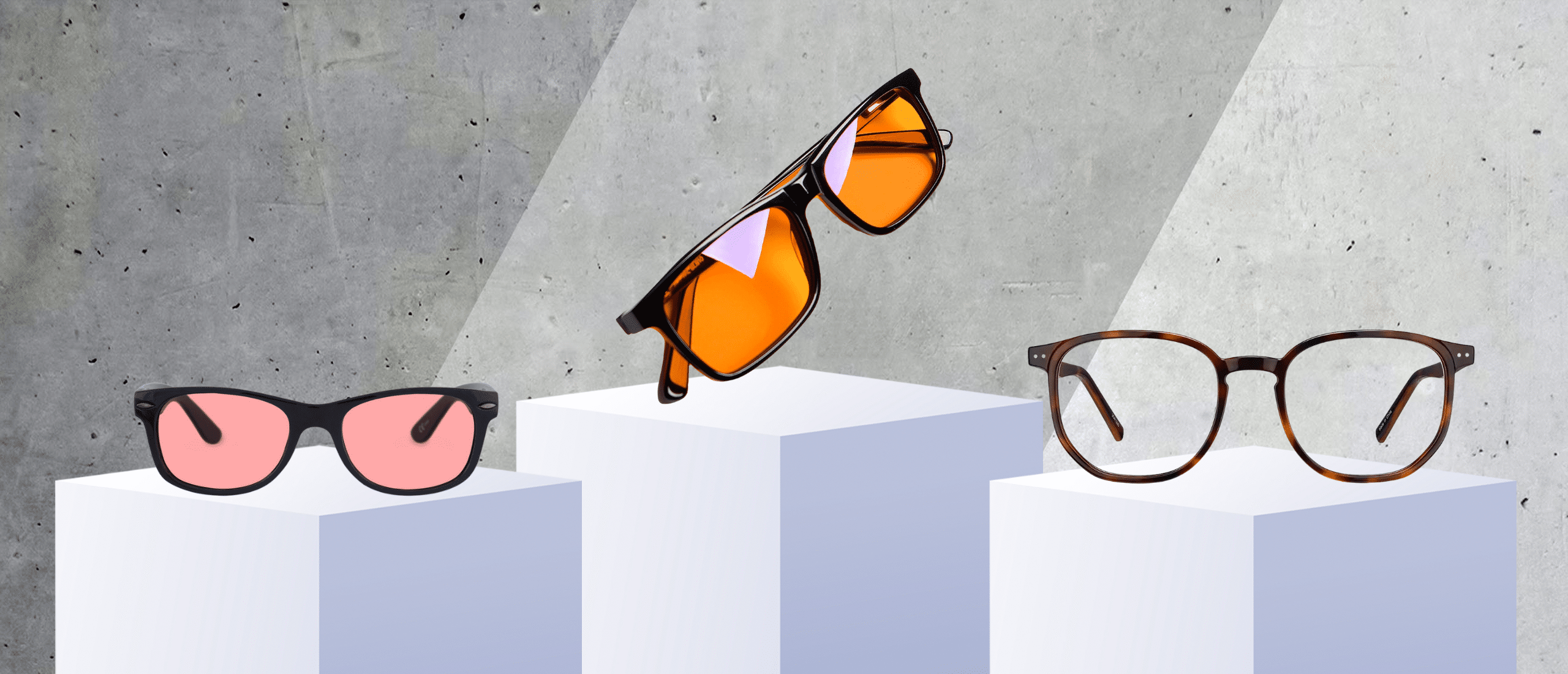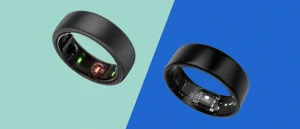Do Migraine Glasses Do Anything? Here’s What You Should Know
- By Taneia Surles, MPH
- October 31, 2023
No one wants to deal with a migraine—but they happen. The feeling of someone pounding your head with a hammer certainly makes it difficult to navigate your daily obligations.
Migraine glasses have surged in popularity recently, and are one option to help relieve the debilitating pain and light sensitivity. If you don’t know what migraine glasses are, if they work, or what the best ones to purchase are, we’ve got you.
If you’re like “get me to the glasses already!” we get it (dire times). Our top choice is the THL Blue Light Blocking Reading Glasses.
What Are Migraine Glasses?
Migraine glasses are glasses with a rose-colored FL-41 filter that can aid in managing symptoms of migraine headaches, blepharospasm (uncontrollable blinking or twitching), light-triggered seizures, computer vision syndrome, and other conditions that cause light sensitivity (1).
According to research, a thin film of FL-41 tint on a pair of glasses may help treat chronic migraine symptoms (2).
Another benefit of migraine glasses is that they are often available as a prescription, which can help cut costs, especially if your insurance plan covers them.
More on migraine glasses below.
The Best Migraine Glasses on the Market
Do Migraine Glasses Work?
In a word: yes. By the looks of it, the research speaks for itself. It seems that wearing tinted glasses, specifically those with FL-41 lenses, could reduce light sensitivity that triggers migraines. Or at least help reduce the intensity of your symptoms.
What Do Migraine Glasses Do?
Migraine glasses can help reduce or prevent migraine symptoms by filtering out light sources, such as blue light and UV light, that can trigger an episode. These glasses can also protect your eyes from artificial light and sunlight.
Who Needs Migraine Glasses?
If you have migraines, these glasses are for you.
According to the American Migraine Foundation, around 39 million people in the United States have migraines (3). Migraine symptoms can include headache pain, nausea, confusion, mood changes, fatigue, blurred vision, and photophobia (4).
Do you ever wonder why you get migraines after seeing flashes of light? Photophobia, or light sensitivity, is one of the most common migraine symptoms and is often a warning sign of an impending migraine. Bright or flickering light and specific patterns and colors may trigger migraine episodes (5).
Migraines may also cause an aura. An aura can cause light flashes, blind spots in vision, or even tingling in your arm and leg (6). As if migraine pain by itself wasn’t enough of a nuisance, right?
References
1. University of Utah. https://healthcare.utah.edu/moran/optometry/fl41-lenses
2. Hoggan, Ryan N. et al (2016). https://www.ncbi.nlm.nih.gov/pmc/articles/PMC5510464/
3. American Migraine Foundation (2021). https://americanmigrainefoundation.org/resource-library/what-is-migraine/
4. National Institute of Neurological Disorders & Stroke. https://www.ninds.nih.gov/health-information/disorders/migraine#
5. Wilkins, Arnold J. et al (2021). https://www.ncbi.nlm.nih.gov/pmc/articles/PMC8497413/
6. Kikkeri, Nidhi Shankar et al (2022). https://www.ncbi.nlm.nih.gov/books/NBK554611/












